The Science Behind Fermentation: How Yeast Makes Wine
Wine is more than just a drink—it’s a story of science and nature working together. At the heart of this tale is fermentation, a process driven by yeast that turns simple grapes into something extraordinary. In this article, we’ll uncover The Science Behind Fermentation: How Yeast Makes Wine, blending facts with a touch of wonder.
Imagine standing in a vineyard, the sun warming your face as you pluck a ripe grape from the vine. That grape holds the potential for wine, but it needs yeast to unlock its magic. Fermentation is where it all happens—a natural reaction that’s been fascinating humans for thousands of years.
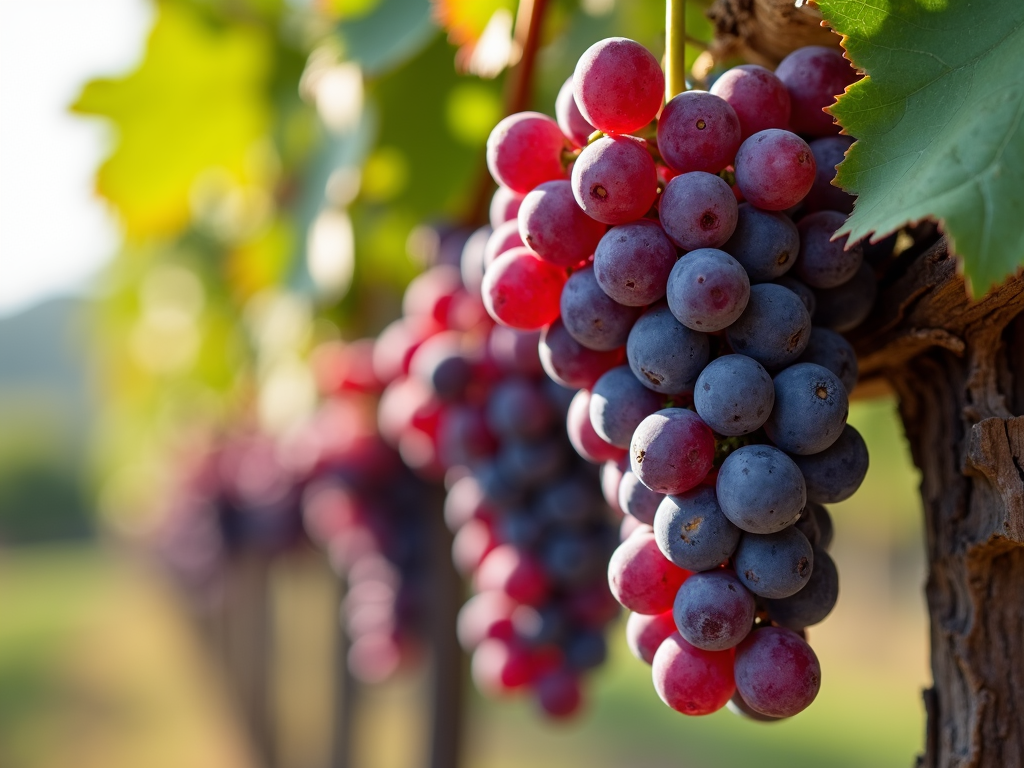
So, what is fermentation? It’s a process where yeast, a tiny living organism, eats sugars and turns them into alcohol and carbon dioxide. In winemaking, this happens when yeast meets grape juice. The sugars come from the grapes, and the yeast gets to work, creating the alcohol that gives wine its kick.
The process starts with harvesting grapes at just the right moment—when they’re sweet and bursting with flavor. After picking, the grapes are crushed to release their juice. Sometimes, winemakers add yeast to kickstart fermentation. Other times, they let the natural yeast on the grape skins take charge.
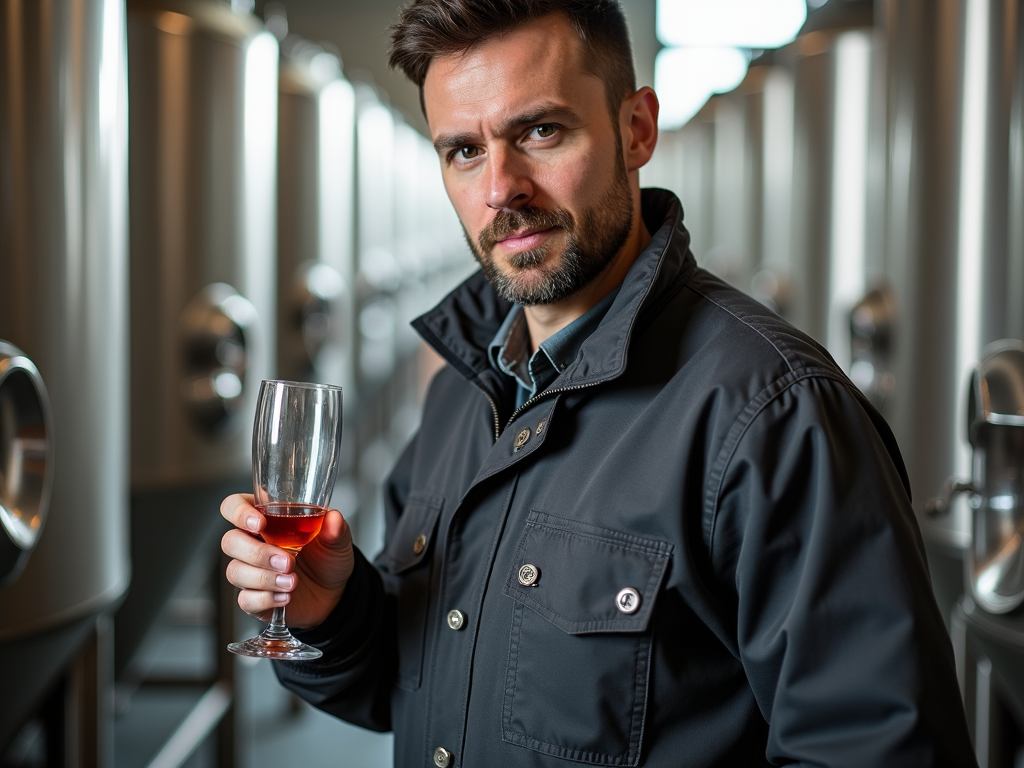
Once fermentation begins, yeast goes into action. It munches on the sugars, producing alcohol and bubbles of carbon dioxide. This can take days or even weeks, depending on the wine. The yeast also generates heat, so winemakers watch the temperature closely to keep the flavors just right.
Here’s where it gets fun: yeast doesn’t just make alcohol—it shapes the wine’s taste. Different yeasts create different flavors, like fruity notes or a buttery finish. I remember tasting a Chardonnay that felt creamy on my tongue, all thanks to the yeast the winemaker chose.
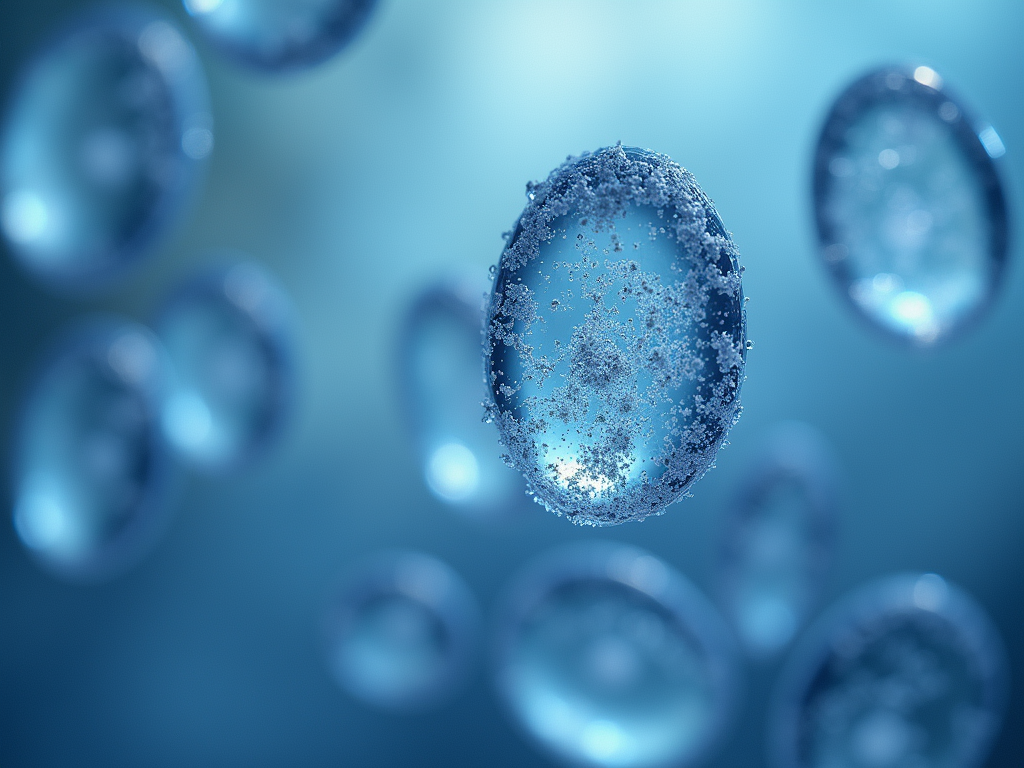
Wine’s story stretches back millennia. People in ancient Georgia were making it as early as 6000 BC, using clay pots and wild yeast. Today, we’ve got fancy tools, but the heart of it—yeast turning sugar into wine—hasn’t changed. It’s a mix of old traditions and new tricks.
Take Jackson Family Wines, for example. They’re a big name in the wine world, known for crafting top-notch bottles with care. Their Jackson Family Wines wine club membership lets fans enjoy exclusive wines and peek behind the scenes. It’s a great way to taste the science in action.
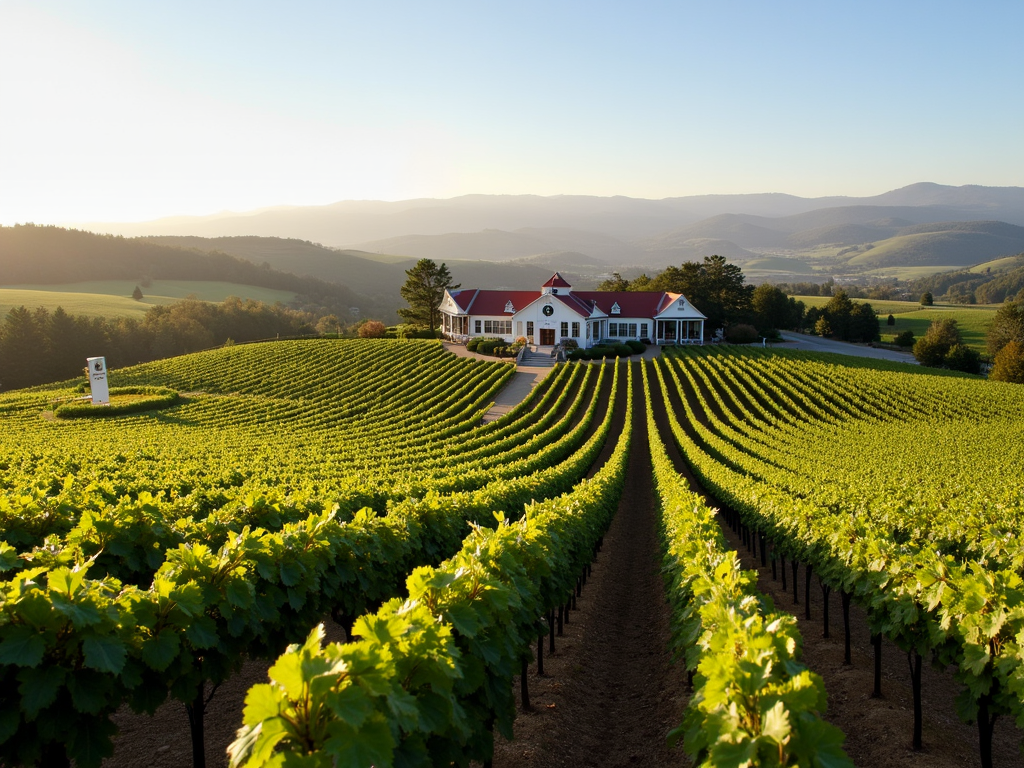
But it’s not just about big players like Jackson Family Wines. There are tons of wine brands out there, from small family outfits to global names. Each one brings something unique to the table. Trying different wines is like a treasure hunt—every bottle tells its own story.
Want to dig deeper? The Art of Wine Making: A Beginner’s Guide is a fantastic starting point. It walks you through the steps, from picking grapes to pouring a glass. I flipped through it once and felt ready to try making my own—though I’ll stick to sipping for now!
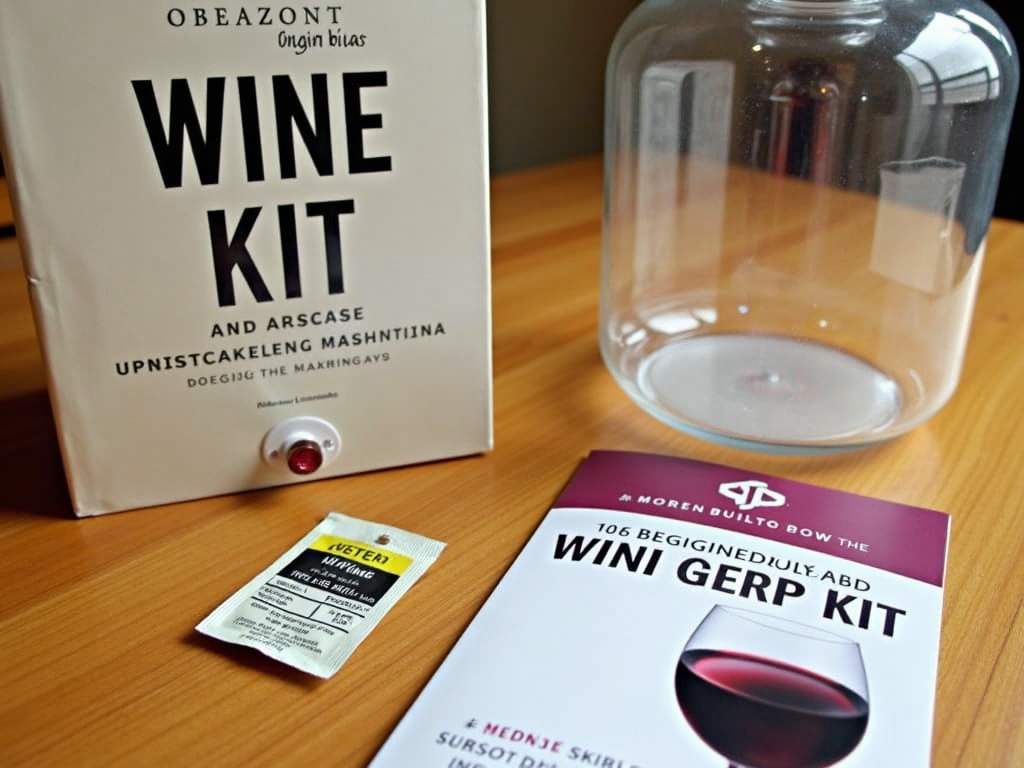
Fermentation isn’t the whole game, though. The type of grape matters—think Pinot Noir versus Sauvignon Blanc. Where it’s grown, like sunny California or cool France, changes the taste too. This mix of place and plant is called terroir, and it’s a big deal in winemaking.
Here’s a quick look at some yeasts winemakers love:
- Saccharomyces cerevisiae: The go-to for most wines, reliable and versatile.
- Brettanomyces: Adds funky, earthy vibes to some reds.
- Lalvin EC-1118: Perfect for sparkling wines, tough and fast-working.
Each one tweaks the wine in its own way.

I’ve always been amazed by how something as small as yeast can do so much. It’s like a little chef, cooking up flavors in every bottle. Next time you sip a glass, think about the science—and maybe raise a toast to those hardworking yeast cells.
Let’s wrap it up. The Science Behind Fermentation: How Yeast Makes Wine is all about yeast turning grapes into a drink we love. It’s a blend of nature, science, and a bit of art. Whether you’re new to wine or a pro, knowing this process makes every glass taste better.